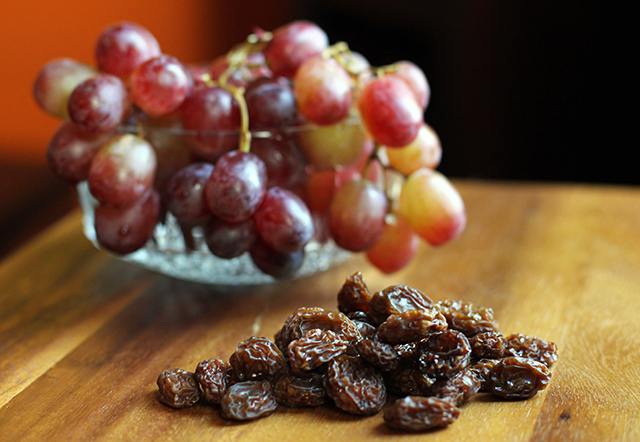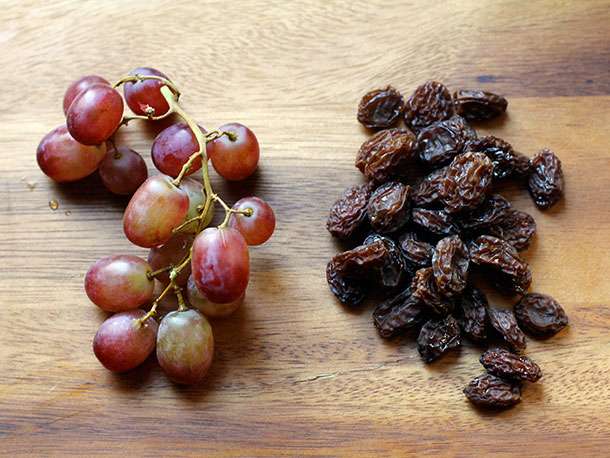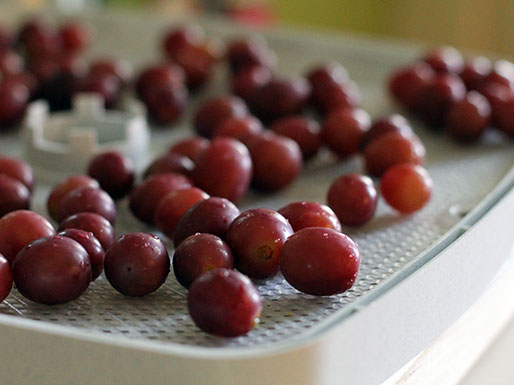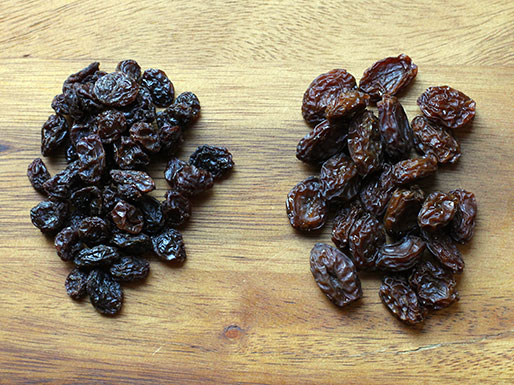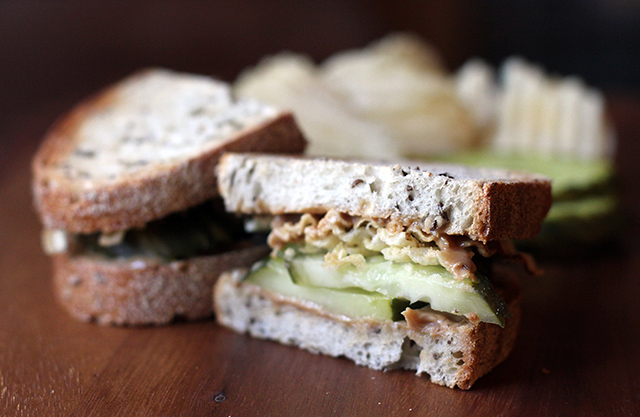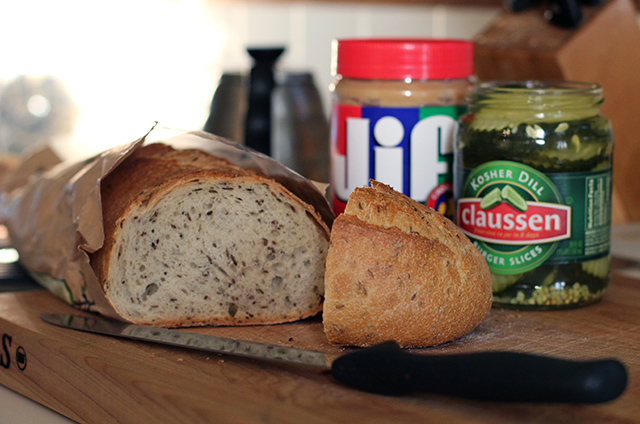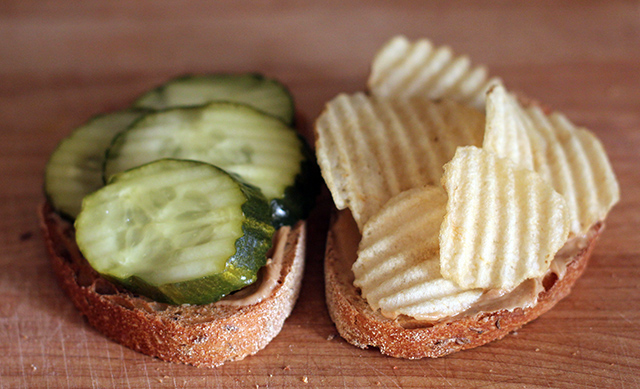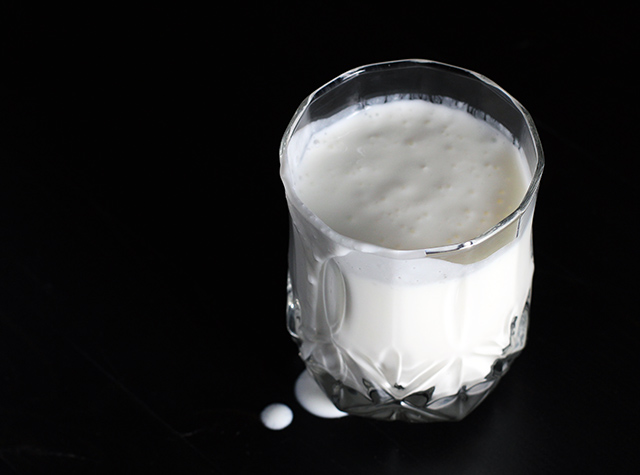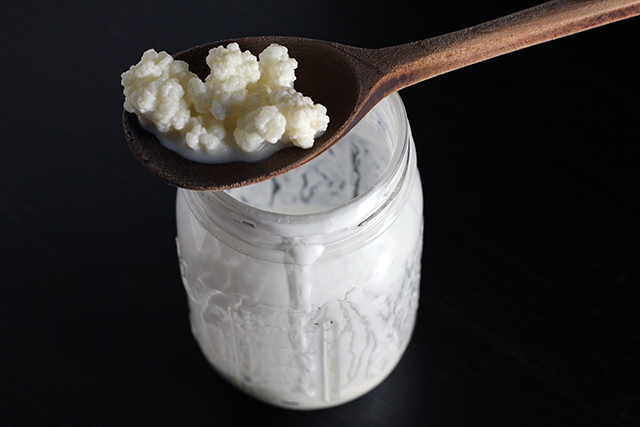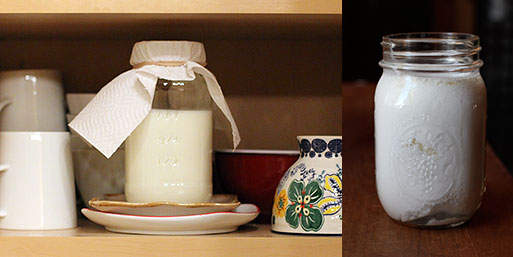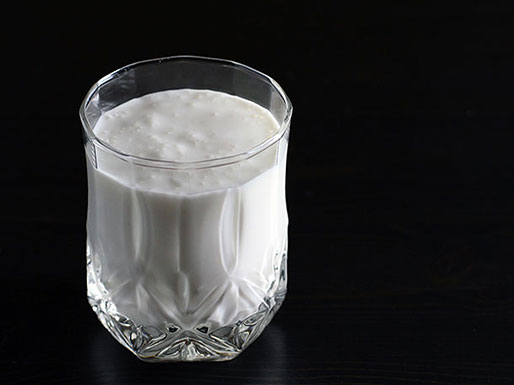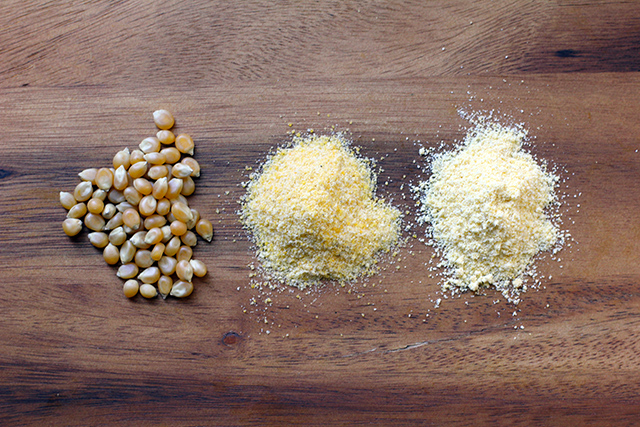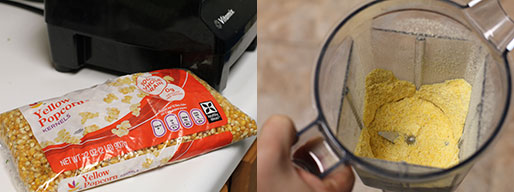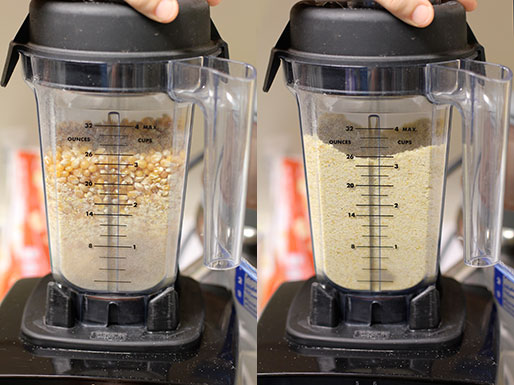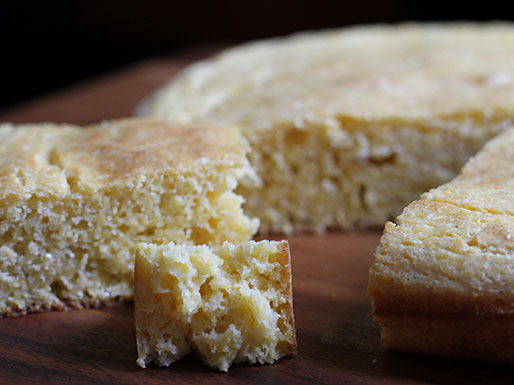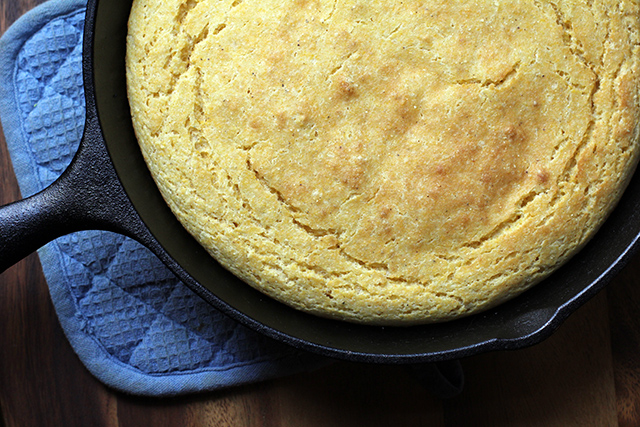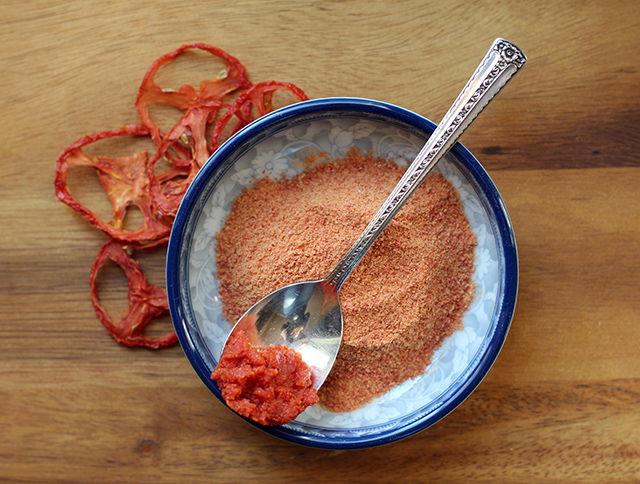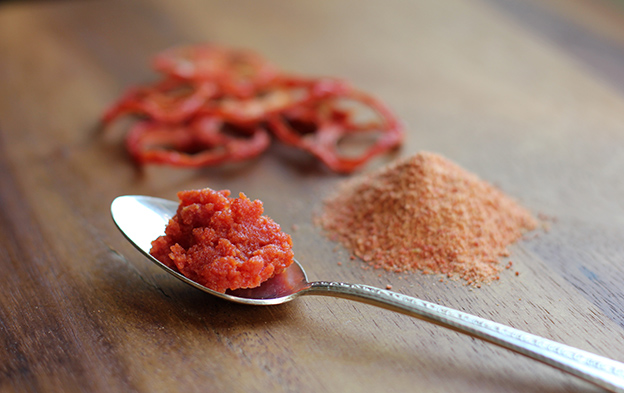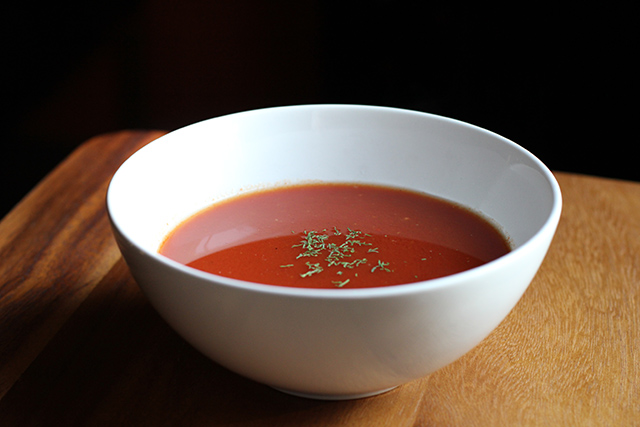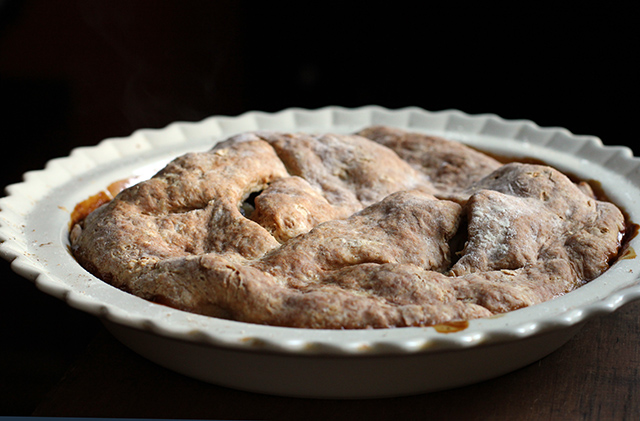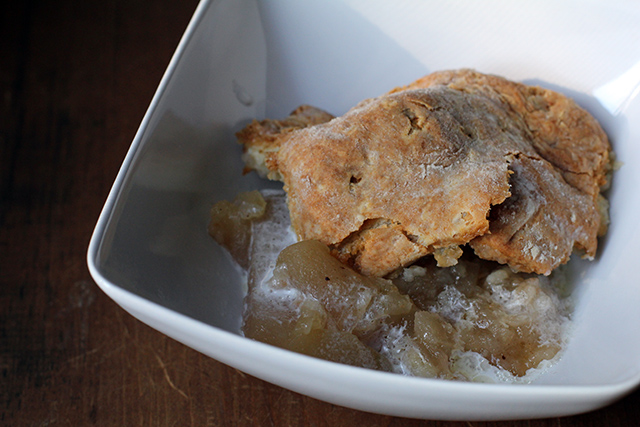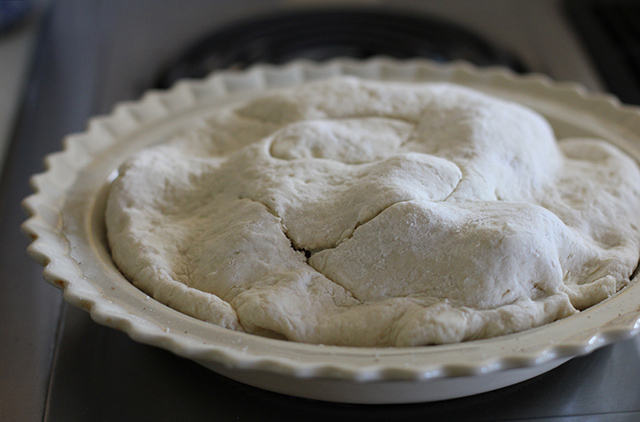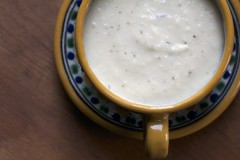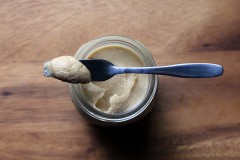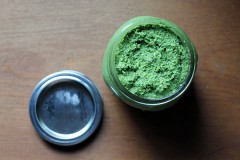I’ve never been much of a dried fruit fan, and I think I can trace the root of this back to those little red boxes of raisins so frequently tossed onto my elementary school lunch bag. In my memory, the raisins always ended up packed tightly into the bottom of the box, requiring precision coaxing to remove them from their cardboard shell. They may very well have been nature’s candy, but I would just as well have skipped dessert altogether.
Considering the marketing tag line that raisins are just “grapes and sunshine,” DIYing your own might not seem all that necessary or cost effective, and I would give you that. Still, I had read some things about how lovely homemade could be and wanted to try it out before those really amazing grapes I can never stop myself from purchasing in large quantities hit the farmers market this year.
I ended up being very glad I did, because even though the process is rather obvious, the taste was something of a surprise. I have always found commercial raisins to be small and papery bits of sugar that practically dissolve on the tongue after one or two bites. However, the Red Magic seedless I dehydrated last week, for example, offered a subtler though richer sweetness and more complex flavor overall. I don’t mean to get all wine snob on you–though, admittedly, I just used writing that description as an excuse to eat a few more handfuls–but as you might expect, different varieties will net different flavor profiles.
Grape Types
Most commercial raisins are made from sultana, a.k.a. Thompson Seedless, grapes. Dehydrating your own opens up your options and is perhaps the biggest reason to do so. For those who have their own vines, another big motivator may be managing a sudden yet bountiful harvest. Either way, you will likely want to select a seedless variety, unless you’re game to de-seed them yourself (I’ve done this for other projects and will never, ever do it again) or chew through seeds in your dried fruit.
One thing I noticed when purchasing fresh grapes to dehydrate is that some are treated with sulphur dioxide as a food preservative, while the raisins in my pantry specifically say “sulfite free” (not the same thing, but related). Point being, if additives are of concern, be sure to read your labels/chat with your farmers.
Before You Dehydrate
The dehydration of fruits and berries with a waxy skin is more efficient if they are blanched or “checked” for about a minute in hot water so that the skin develops cracks through which moisture can better escape. I have also read that following that up by freezing the fruit for a few hours before dehydrating aids the process, but I’ve never taken it that far.
Dehydrator vs Oven (vs Sunshine)
I find that using a dehydrator is the most efficient way to make raisins at home with less chance of over drying. However, realizing that not all readers have that option, I also tried a batch in the oven at 165°F with the fan on (if you have a convection option) and the door cracked a couple of inches (I use a old wine cork wedged in over top of the oven light switch on the door). The higher temperature resulted in faster drying, but required diligent tossing and more careful babysitting.
Sun drying is also an option once the weather is offering high heat and low humidity. Even if the steamy summers here in Maryland would cooperate, I doubt the pests in my urban lot would let me get very far with this method, however, unless I also developed a screened-in drying cage that could fight off attacks by land and air. But by all means, make use of the free sunshine if you can. This method will likely require at least a few days.
The Verdict
This is a DIY project I would say is all about unique taste and quality rather than cost–at least until the season hits locally. What began as two pounds of grapes (@ $5.98) reduced to approximately six ounces after drying. To put that in perspective, I can buy 20 ounces of standard commercial raisins for $3.19. Still, as a former raisin-despiser, I have now found a dried grape product so attractive to me that it seems quite worth the occasional time and expense.
Obviously, amounts are not crucial to this process. However, two pound batches are easily managed when blanching and, at least in my case, that amount neatly fills one dehydrator tray, so it makes for a useful base volume. Simply scale up as needed.
Wash grapes and remove their stems. Discard any spoiled fruit.
Blanch grapes for one minute (30 seconds if the skin is thin) in a pot of simmering water and then immediately transfer them to an ice bath to halt cooking. Drain grapes and transfer them to drying trays.
If using a dehydrator: Follow your machine’s suggested temperature guidelines (likely around 135°F). Unless the grapes are very small, the process will likely take at least 24 hours. Once the fruit has dried, allow it to cool completely before storing in an airtight container or plastic bag.
If using an oven: Adjust oven racks to upper and lower middle positions and set temperature to lowest possible setting (between 140 and 170°F if possible) and crack the door open with a wooden spoon or old wine cork. Use convection setting if available. Transfer grapes to two rimmed baking sheets lined with parchment paper and place in oven. Monitor the grapes throughout the drying process, tossing them every few hours for even drying. Once the fruit has dried, allow it to cool completely before storing in an airtight container or plastic bag.
Note: Obviously, amounts are not crucial to this process. However, two pound batches are easily managed when blanching and, at least in my case, that amount neatly fills one dehydrator tray, so it makes for a useful base volume. Simply scale up as needed.
Wash grapes and remove their stems. Discard any spoiled fruit.
Blanch grapes for one minute (30 seconds if the skin is thin) in a pot of simmering water and then immediately transfer them to an ice bath to halt cooking. Drain grapes and transfer them to drying trays.
If using a dehydrator: Follow your machine’s suggested temperature guidelines (likely around 135°F). Unless the grapes are very small, the process will likely take at least 24 hours. Once the fruit has dried, allow it to cool completely before storing in an airtight container or plastic bag.
If using an oven: Adjust oven racks to upper and lower middle positions and set temperature to lowest possible setting (between 140 and 170°F if possible) and crack the door open with a wooden spoon or old wine cork. Use convection setting if available. Transfer grapes to two rimmed baking sheets lined with parchment paper and place in oven. Monitor the grapes throughout the drying process, tossing them every few hours for even drying. Once the fruit has dried, allow it to cool completely before storing in an airtight container or plastic bag.

